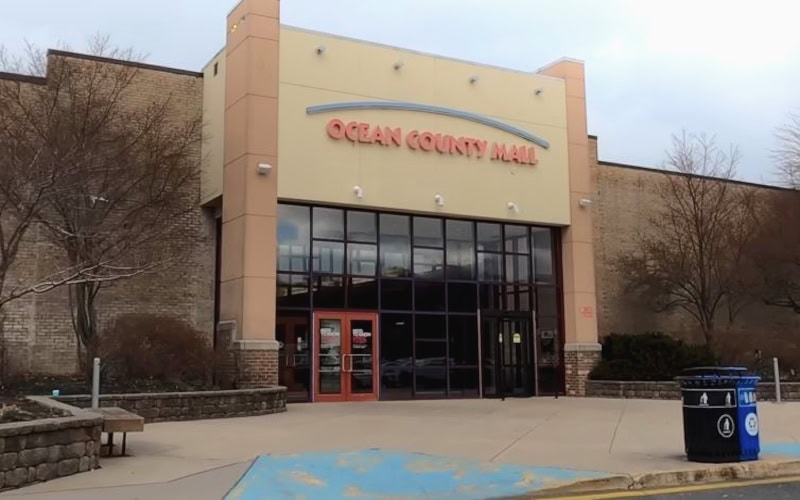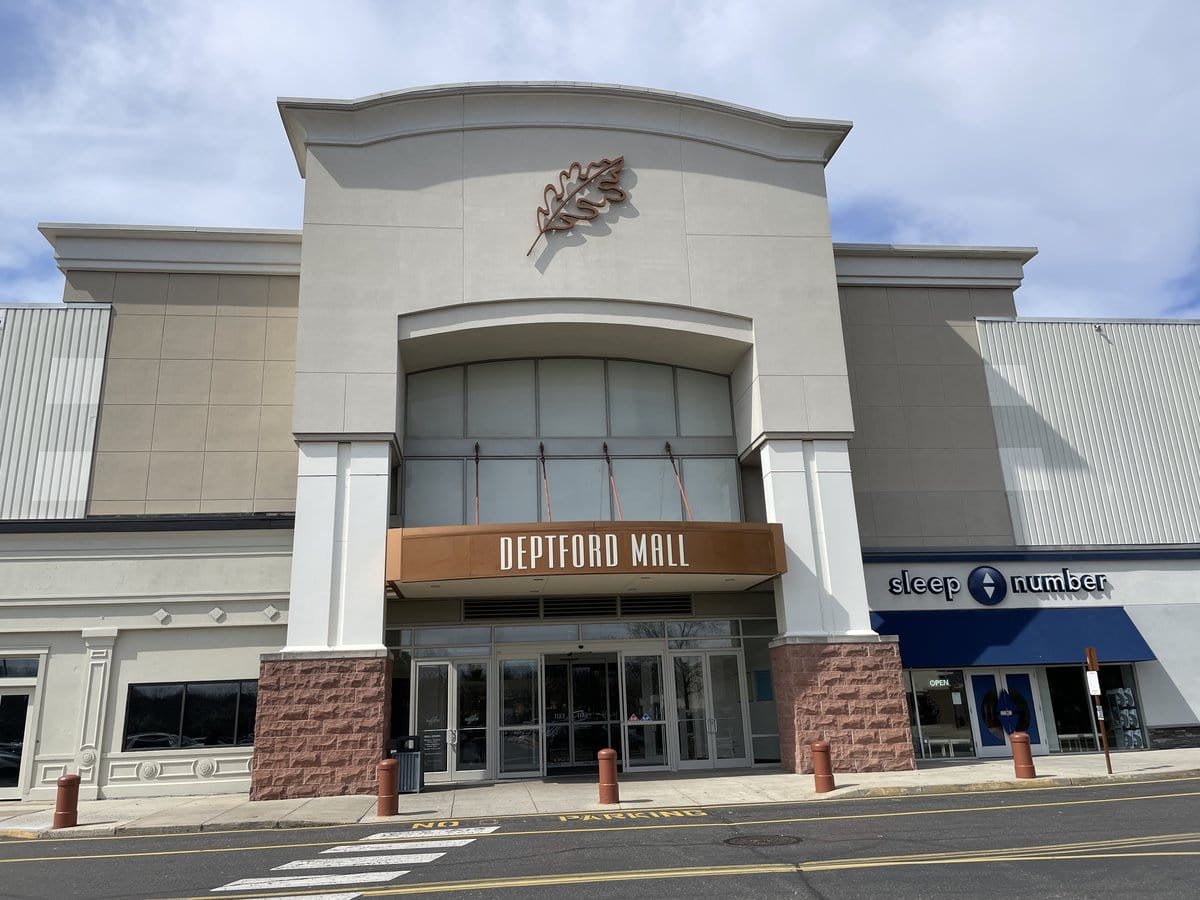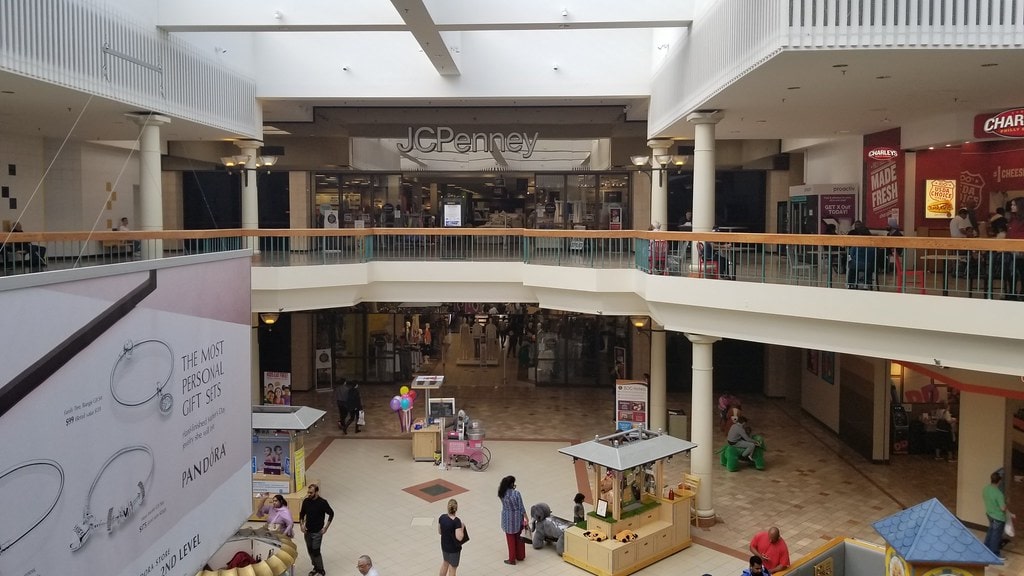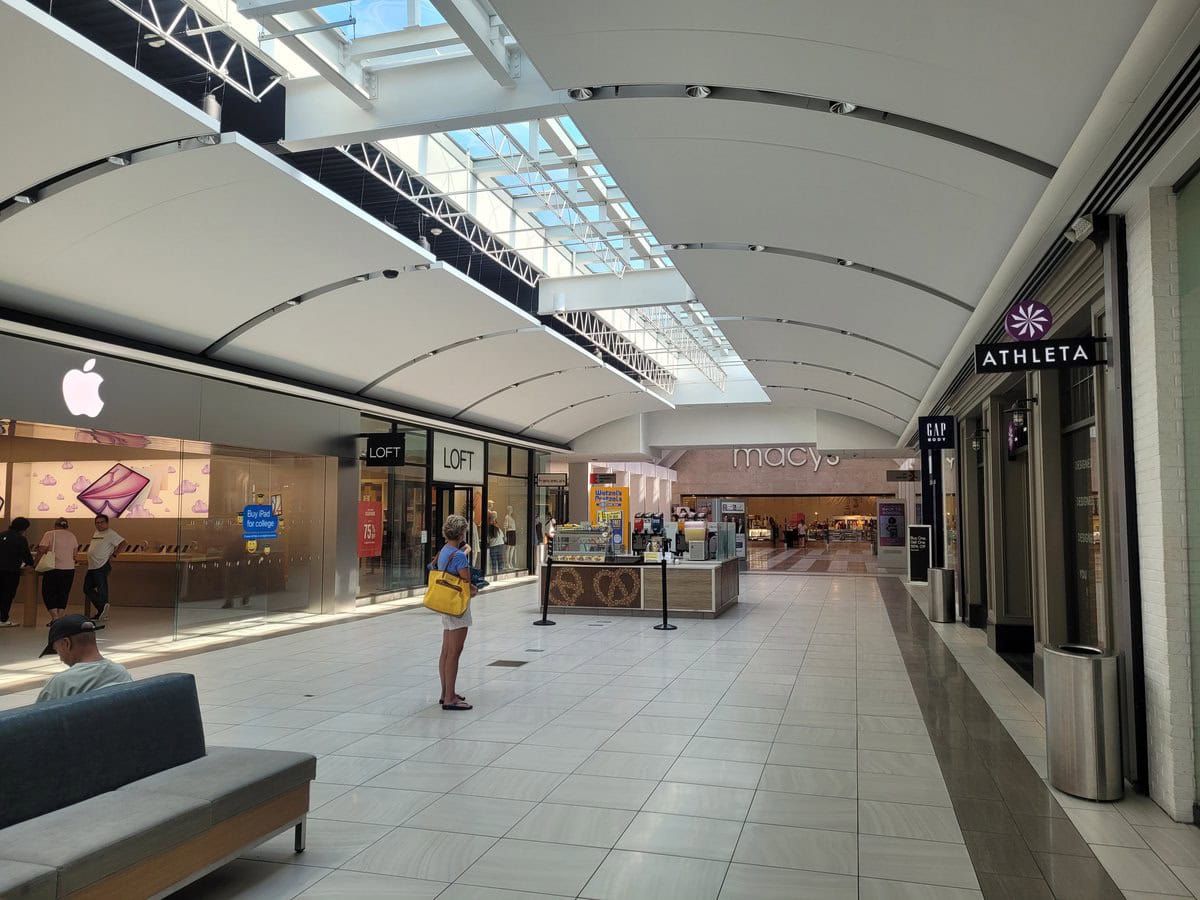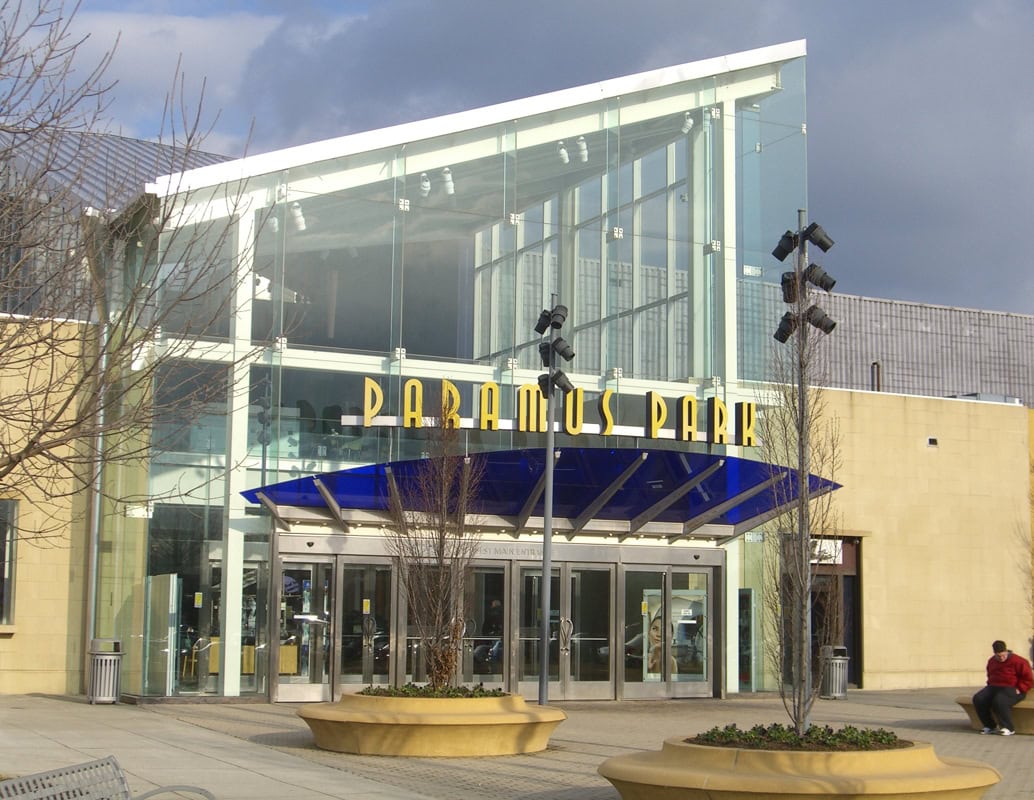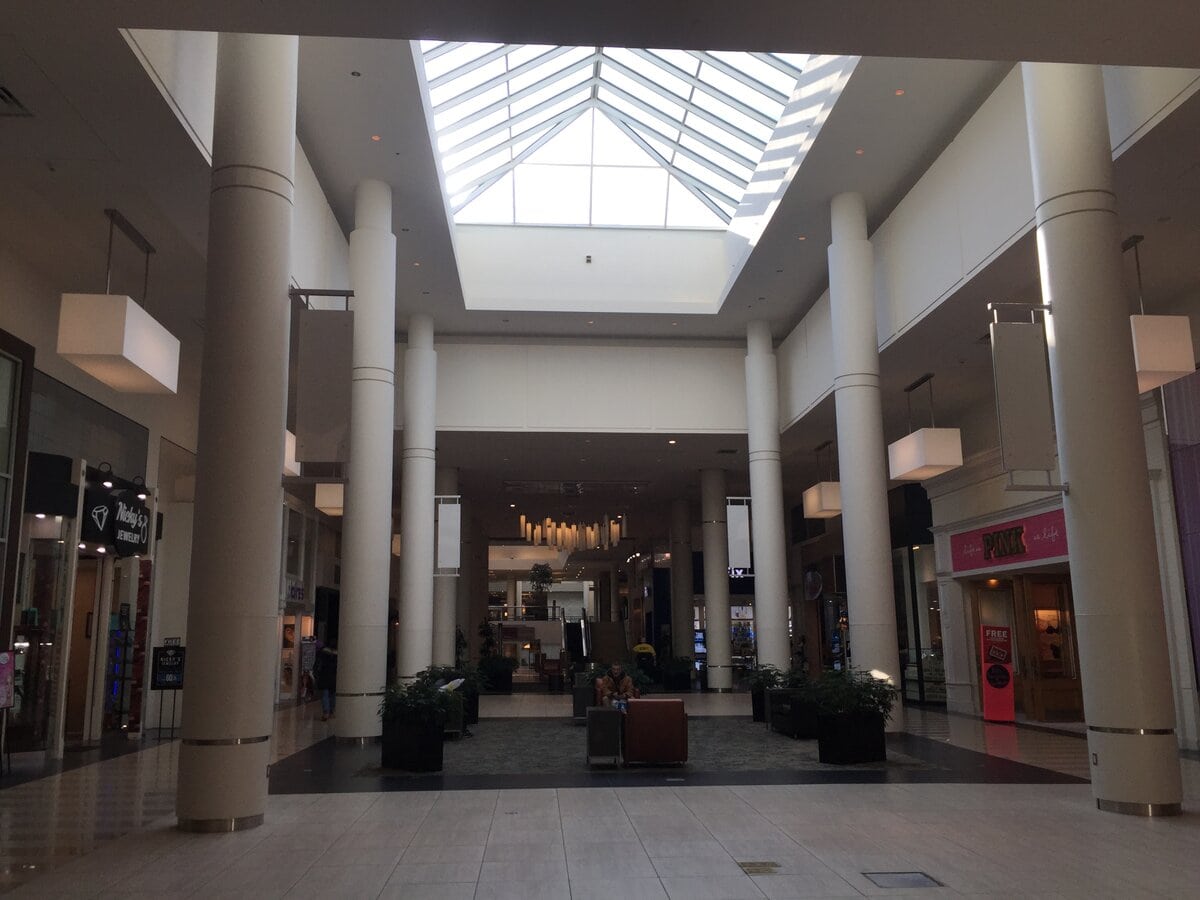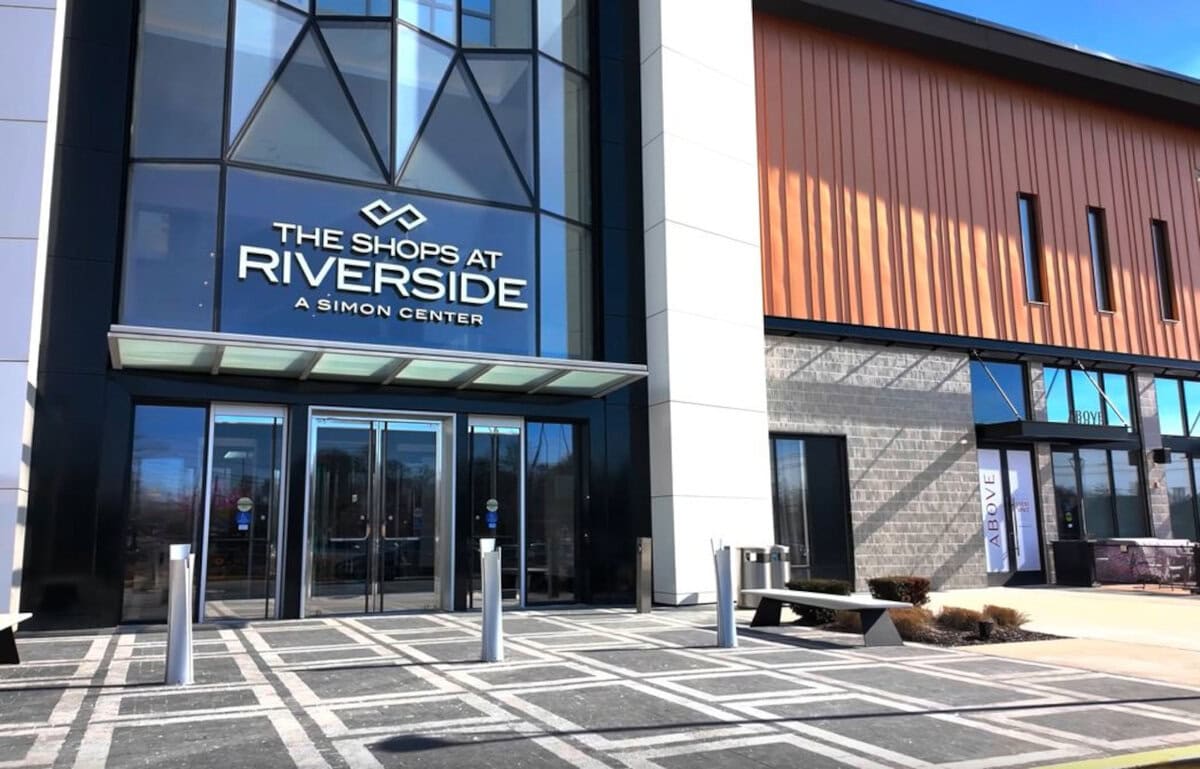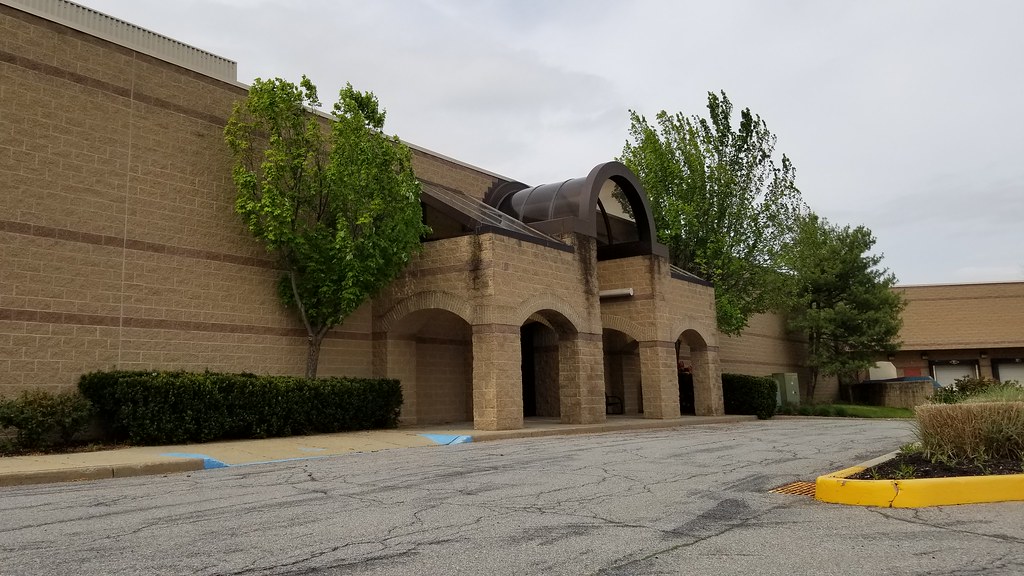Retail Ambitions and the Birth of MarketFair Mall (1987 Launch & Early Years)
In the late 1980s, developers were looking for ways to capture the growing retail market between New York City and Philadelphia.
The stretch of U.S. Route 1, running through West Windsor, New Jersey, was already a busy commercial corridor, making it an ideal location for a new shopping center.
By August 1987, JMB/Federated Realty opened MarketFair Mall, originally called Princeton MarketFair.
The project aimed to create a fashion-forward retail hub catering to well-off consumers from Princeton and surrounding areas.
From the beginning, MarketFair set itself apart from the larger, traditional malls nearby.
Instead of department stores, the one-story shopping center focused on mid-to-upscale fashion brands.
Early tenants included The Limited, Petite Sophisticate, and Structure - all popular names in 1980s retail.
The developers wanted an environment that felt stylish and exclusive rather than crowded and overwhelming.
The mall's 240,000-square-foot footprint gave it a boutique-like atmosphere compared to larger malls in the region.
MarketFair's location was a major selling point. Sitting right off Route 1, it saw heavy commuter and local traffic, with around 83,000 cars passing daily.
It also attracted shoppers from Princeton University, just a short drive away.
The mall's initial success came from its ability to offer trend-conscious shopping without the chaos of larger retail centers.
Over time, however, shifts in shopping habits and competition from other retail spaces meant changes were inevitable.
By the mid-1990s, the retail industry was shifting, and MarketFair needed an update.
Malls that thrived in the '80s had to modernize to keep up with consumer expectations.
This period marked the beginning of a multi-million-dollar repositioning effort, which would reshape MarketFair's identity.
As the mall moved into the next phase, it focused on more than just clothing stores, expanding into home furnishings, dining, and entertainment.
Today, people searching for things to do in Princeton, NJ, often include MarketFair in their plans - not just for shopping but also for dining and entertainment.
The transformation that started in the 1990s set the stage for what MarketFair would become in the years ahead.
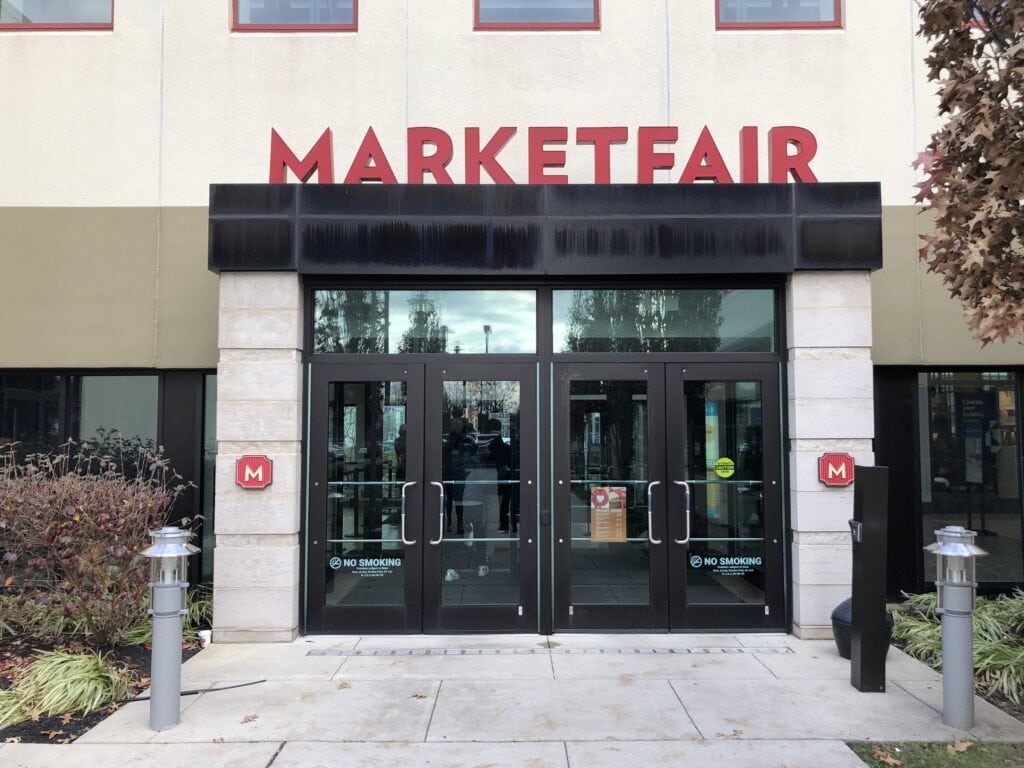
Repositioning MarketFair: The Shift from Fashion to Lifestyle (1996-2001)
By the mid-1990s, MarketFair was at a crossroads. The original fashion-focused concept wasn't driving the kind of foot traffic it once had.
Other malls in the region, including Quaker Bridge Mall and Freehold Raceway Mall, had expanded their retail offerings, pulling shoppers away.
MarketFair needed a refresh, and in 1996, the owners invested $12 million into renovations.
A big part of this shift involved expanding home furnishings and specialty stores.
Pottery Barn and Williams Sonoma moved in, drawing in homeowners looking for upscale furniture and kitchenware.
At the same time, MarketFair upgraded its dining options, adding a food court and bringing in more sit-down restaurants.
The $2 million spent on the food area made it more inviting, with a layout that encouraged longer visits.
These changes worked. By July 2001, MarketFair had increased its annual sales by 50%, reaching $61 million.
The new mix of stores and dining attracted high-income shoppers, especially those who preferred a quieter, more curated shopping experience.
The shift toward a lifestyle-oriented tenant mix set the stage for MarketFair's next phase - bigger brand names, a focus on entertainment, and even more dining options.
A New Era of Retail: Expansions and Entertainment (2012-2020)
The early 2010s brought another wave of change. In 2013, it welcomed a 28,000-square-foot Barnes & Noble, replacing an older location within the mall.
This wasn't just a bookstore - it became a destination, with a large café and event space for readings and signings.
That same year, MarketFair added more national brands, including a Banana Republic concept store and a West Elm.
The dining scene also got a boost. Between 2013 and 2015, Seasons 52, Bahama Breeze, and Qdoba all opened, giving shoppers more options for meals beyond standard mall fare.
The entertainment side of MarketFair also grew. The 10-screen AMC Theatres continued to be a major draw, especially after renovations made the moviegoing experience more comfortable.
These updates kept MarketFair relevant, even as online shopping started shifting retail patterns.
MarketFair in the 2020s: Adaptation in a Changing Retail Market
The early 2020s brought new challenges for retail centers across the country, and MarketFair was no exception.
With shifting shopping habits and an increase in online retail, malls had to rethink their tenant mix and overall experience.
One of the biggest additions during this period was Tommy's Tavern + Tap, which opened on December 7, 2020, in the space formerly occupied by Big Fish Seafood Bistro.
This restaurant introduced a casual, lively atmosphere with a menu featuring pizza, burgers, and craft beer.
At the same time, the mall began expanding its personal care and service options.
Waxing the City, a specialty beauty and grooming salon, became part of the lineup, offering services beyond the standard shopping experience.
In January 2024, TGI Fridays shut its doors, followed by the closure of Bahama Breeze in October 2024.
Despite these changes, MarketFair continued to update its offerings. Eddie V's Prime Seafood announced plans to open in Spring 2025, taking over the space left by Bahama Breeze.
Eddie V's Prime Seafood is renowned for its premium seafood, hand-carved steaks, and an extensive wine selection.
This addition aims to enhance MarketFair's upscale dining options, providing guests with a sophisticated atmosphere and live jazz performances.
The restaurant's commitment to exceptional service and quality ingredients is anticipated to make it a standout destination for both locals and visitors.
Seasons 52 focuses on fresh, seasonal ingredients, with dishes cooked over an oak-fire grill or in a brick oven.
The menu leans toward lighter options, avoiding fryers altogether. Their wine list is extensive, with plenty of choices available by the glass or bottle.
P.F. Chang's serves a mix of Asian-inspired dishes, from hand-rolled sushi to classic dim sum.
The menu includes vegetarian and gluten-free options, making it accessible to different dietary needs.
The bar offers a variety of drinks, including sake, craft beers, and a carefully selected wine list.
Beyond stores and restaurants, MarketFair also leaned into community engagement by hosting events.
In early 2025, it launched "Invest In Yourself 2025," a self-improvement event aimed at attracting residents seeking wellness and professional development resources.
These efforts helped MarketFair remain a relevant destination in the Princeton area, even as other malls struggled.

